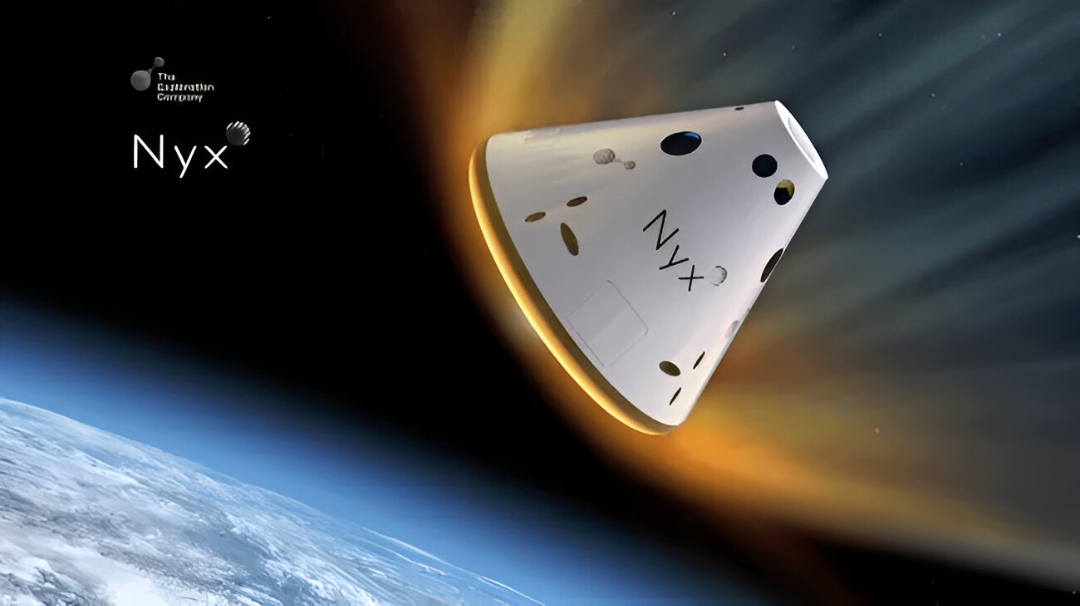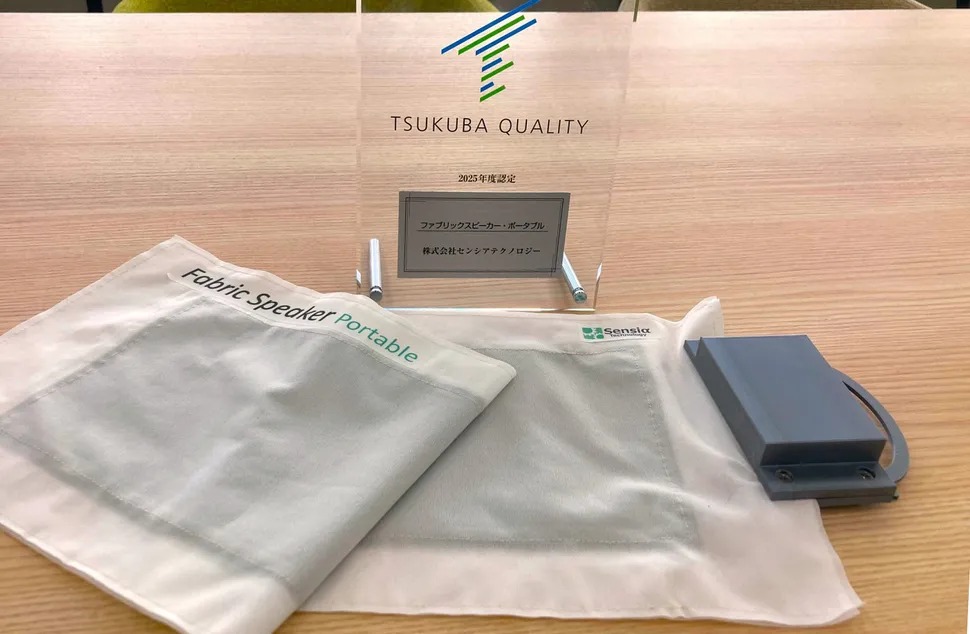Your phone might survive a drop from your pocket, but parachute systems don’t get the same reliability memo. The Exploration Company’s Nyx capsule, carrying the ashes of 166 people on their final journey, crashed into the Pacific Ocean after its parachute system failed during reentry on June 23, 2025.
SpaceX’s reinvention of rocket landings has redefined what a “successful launch” even means. In this case, the mission wasn’t about satellites or astronauts—it was about memories. Cremated remains and cannabis seeds circled Earth twice before things went wrong. A comeback was planned. Instead, the farewell became final.
During atmospheric reentry, everything looked normal. The expected communications blackout happened as plasma formed around the capsule—standard physics, nothing alarming. Communications resumed briefly, then went dark permanently. The parachute system never deployed.
This wasn’t just another startup failure. For 166 families, this represented their loved one’s final wishes transformed into space debris. Celestis CEO Charles M. Chafer emphasized the company’s commitment: “We remain committed to serving with transparency, compassion, and care.”
The Exploration Company, a German aerospace startup, had reached orbit only once before with their Nyx capsule. This was their first attempt at a controlled return, jumping from crawling to sprinting in the spaceflight development process. TEC CEO Hélène Huby acknowledged the setback: “We will learn from Mission Possible and improve, together as a team. I express my profound gratitude to The Exploration Company’s team members who are demonstrating outstanding solidarity, resilience, and commitment to the success of our mission.”
Additionally, the SpaceX Starship explosion isn’t just a technical setback—it’s a reminder that spaceflight isn’t plug-and-play. When memorial missions go up in smoke, it’s not just billions lost, but final goodbyes. The emotional weight of launching ashes into orbit collides with the unforgiving physics of rocket science.
This incident won’t kill the memorial spaceflight industry, but it’ll change how companies approach safety protocols. Just like early smartphone exploding battery scandals forced better quality control, space burial services now face their reliability reckoning.
You’re witnessing the messy adolescence of consumer space technology, where the stakes couldn’t be higher and the margin for error approaches zero.





























